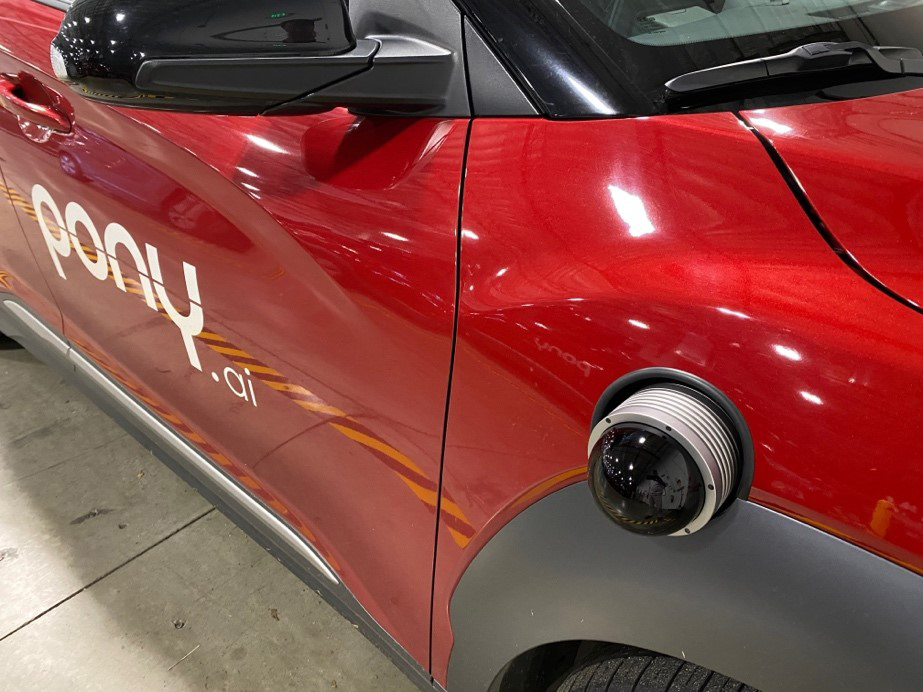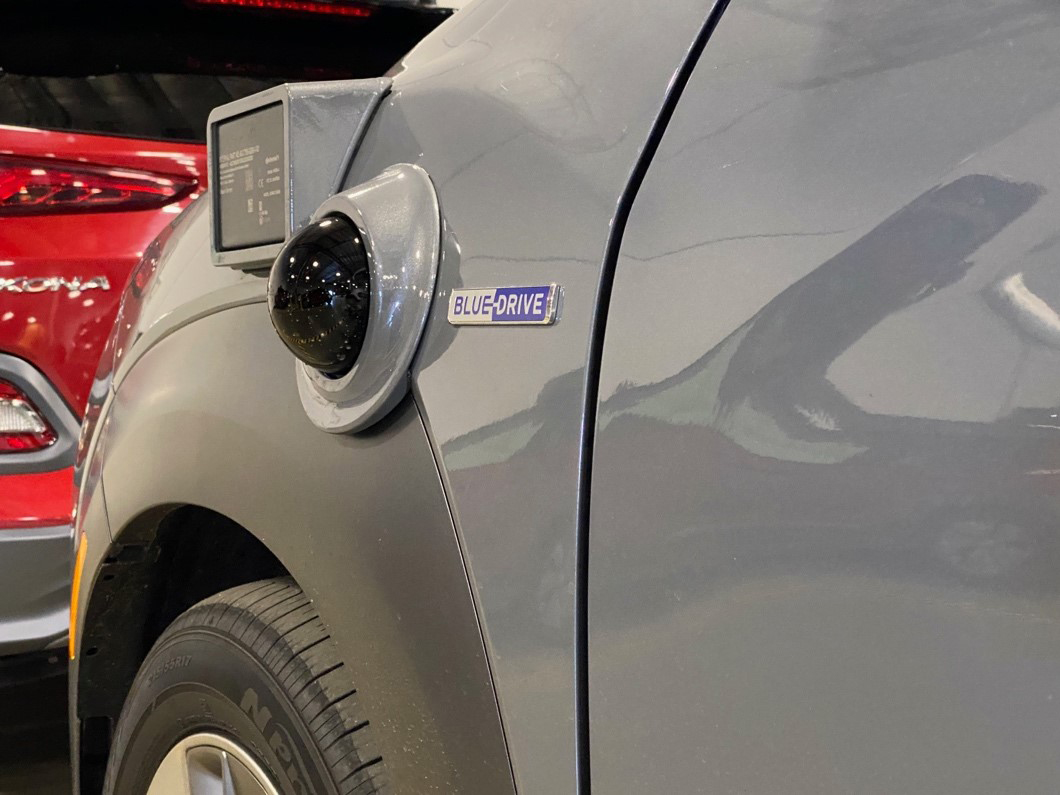

Pony.ai uses RoboSense’s Bpearl to solve critical issues for AVs: detecting humans and other objects very close to the vehicle
According to the National Trucking Association (NTA), trucks move roughly 72.6% of the nation's freight by weight. Safe transportation of these goods to suppliers, manufacturers, and consumers – often across vast distances – is paramount. The industry has demonstrated its commitment to keeping drivers and all other roadway users out of harm's way by investing $14 billion in safety in 2022, according to the NTA. The key investment areas include onboard technology, training, maintenance, and compliance.
By delivering autonomous and advanced safety technologies, Pony.ai and RoboSense are helping to address the challenges presented by long-haul driving and other forms of transportation, including collisions and driver fatigue. Pony.ai, working with key partners, runs the world’s largest automated trucking network and one of the biggest ride-hailing services in China. With roadway testing in the harshest environments and automotive OEM partnerships, Pony.ai has built a solid foundation for its systems at scale.
We spoke with Cameron Gieda, Director of Business Development, to learn more about Pony.ai, how the company uses RoboSense’s lidar, and the future of autonomous trucking and ride-hailing services.
Q: Tell me about Pony.ai. What is the company's history, and what solutions are you providing now?
A. Cameron Gieda: Pony.ai was founded in 2016 in Silicon Valley and quickly became a global leader in autonomous mobility technologies. We have locations in Fremont, California, and several in China.
Our services are robust, versatile, and customer-centric! Pony.ai’s engineers custom-design our sensor fusion module and compute system, bringing these high-performance components into a tightly integrated full-stack system. From all-electric robotaxis to long-distance freight trucks, our technology can be incorporated into multiple vehicle platforms. For example, we installed our solutions on the Lincoln MKZ, Hyundai Kona, and Lexus RX450. In collaboration with Toyota, we are developing a purpose-built autonomous vehicle platform that is slated to hit the streets in the coming years
As of January 2024, Pony.ai has accumulated more than 18 million miles of autonomous driving worldwide, with over 370,000 miles completely driverless and nearly 100,000 paid robotaxi rides. We have also been recognized by the industry; in 2022, we were #10 on the 2022 CNBC Disruptor’s list of the 50 most innovative and disruptive tech companies.
Q. What RoboSense technologies are you using, and how do they help power your solutions?
A. Cameron Gieda: Pony.ai uses RoboSense’s Bpearl, which solves a critical issue for autonomous vehicles: detecting humans and other objects very close to the vehicle. The Bpearl provides coverage for the vehicle's front, sides, and back, extending into areas other sensors have not been able to reach. Its near-range capabilities, with its very wide field of view and super small blind zone, make the Bpearl a perfect solution to bring safety to a driverless system. When we look for a sensor, we require superior performance, build quality, availability, support, and cost, all which RoboSense delivers. The sensor’s resolution far exceeds traditional solutions, and we find the performance to be better than a camera, especially in adverse lighting conditions. The cost savings come from the Bpearl’s wide detection zone within 10 centimeters or less of the car, which enables us to reduce the utilization of redundant sensors. Oh, and let’s not forget that the sensor looks really cool!

Pony.ai uses RoboSense’s Bpearl as a key component of their autonomous driving systems
Q. Can you tell us about an application in which you incorporated the Bpearl into your system?
A. Cameron Gieda: The Bpearl sensors are featured on our 5th and 6th generation automated ride-hailing vehicles. We debuted our 6th generation autonomous driving system design on a Toyota Sienna Autono-MaaS (S-AM) platform. At the same time, we achieved a significant development milestone with a new autonomous computing unit built on NVIDIA DRIVE Orin. It is great to use RoboSense’s technology as we continue to advance our solutions and, in turn, the automotive market, making transportation safer globally.
Q. What is next for Pony.ai?
A. Cameron Gieda: We are focused on expanding our automated ride-hailing services globally and increasing our customer base for advanced driver assistance software for personally owned vehicles. In fact, in August 2023, Pony.ai announced that it will form a joint venture with Toyota Motor (China) Investment Co., Ltd. (TMCI) and GAC Toyota Motor Co., Ltd. (GTMC) to help advance the future mass production and large-scale deployment of fully driverless robotaxis. As we grow, our innovations with RoboSense evolve, and together, we have the unique and significant opportunity to shape the future of transportation.
Contact RoboSense by emailing our North America team: rsi-office@robosense.ai or by filling out our contact form.
Contact Pony.ai via email: contacts@poni.ai